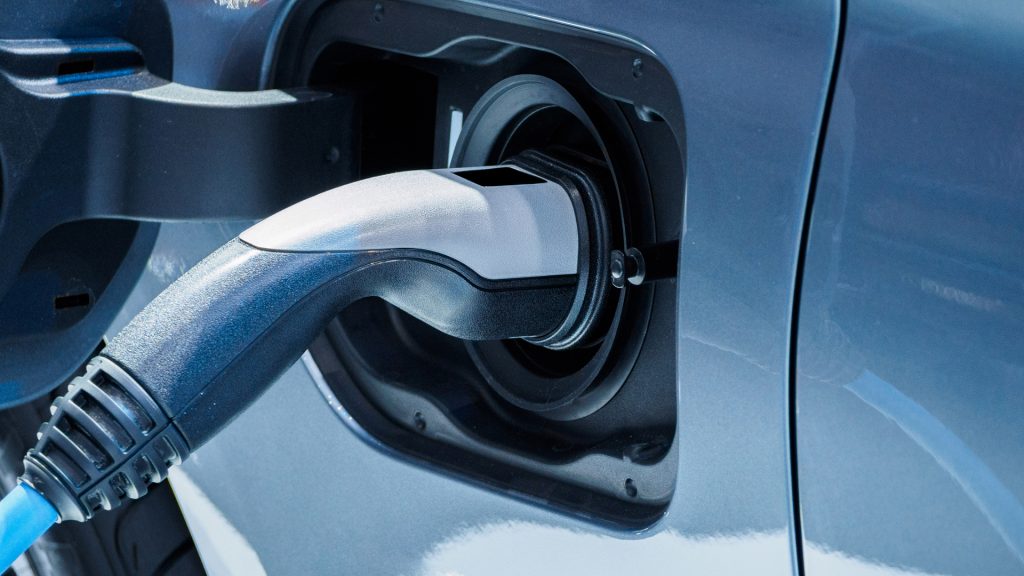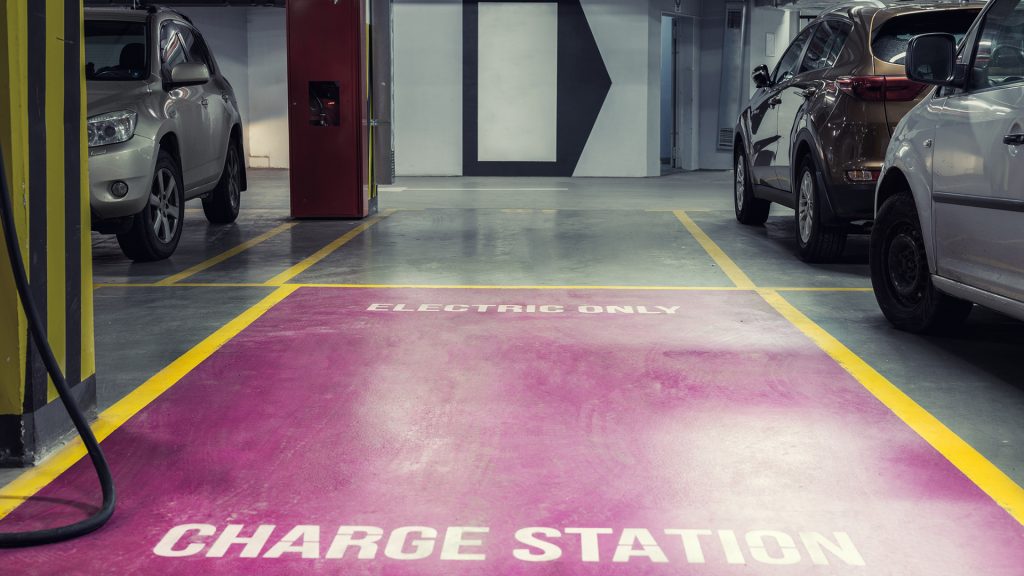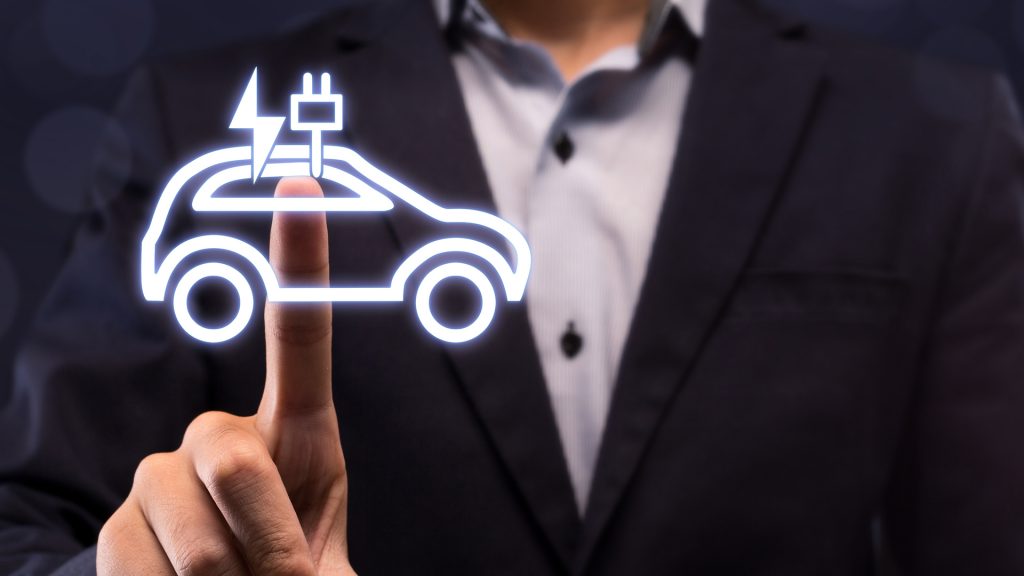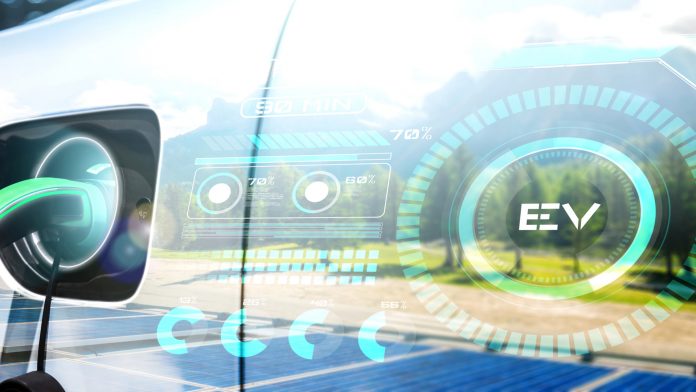Innovation News Network speaks with Hubject’s CEO Christian Hahn, a passionate advocate for electric vehicles and the supporting charging network infrastructure.
Hubject is a market leader in interoperability services for electric vehicle (EV) charging and connecting global EV charging infrastructure networks. Their interchange network allows for instant access to numerous e-mobility partners without geographical limitations.
You have successfully established the world’s largest cross-supplier charging network for EVs. Now you are focussing on further improving the customer experience of charging by pushing the Plug and Charge technology. Could you explain a little more about this?
At Hubject, we work together with our business partners on an international level to create the necessary basics for a unified, seamless and customer-friendly access to the existing charging infrastructure. We aim to make electromobility even more reliable, accessible, and simple globally. To achieve the goal of zero-emission mobility even faster than before, and given the climate crisis, EVs should become standard for everyone, everywhere. Only in such a way will we reach the ambitious goals we have set to achieve the transformation to climate neutrality.
To enable a seamless and hassle-free charging experience, we believe that charging needs to be done as simple as possible. To allow this simplicity, the open and neutral standard called ‘Plug and Charge’ can help achieve this. Via this international standard, every car manufacturer, service provider and charging network operator can offer a desirable charging experience by enabling a simple start and stop of a charging session based on direct and secure communication between the EV and the charging station. There is no need for swiping an RFID card or using a smartphone anymore. The easier it is to use charging stations, the more people will switch to EVs – and therefore, the more positive the impact on the environment.

Politicians are currently pushing the expansion of national charging infrastructure in many countries, spending billions on setting up charging stations. Do you think that’s enough, and do you believe the targets mentioned are realistic?
Because of the enormous tasks and the limited time we have left to take consistent countermeasures, even more billions would not be nearly enough. Mario Draghi’s famous phrase “whatever it takes” is even more appropriate for tackling the climate crisis than averting a financial crisis. What is important is that we act now and invest a great deal of money in targeted and sustainably effective climate protection measures in the long term. However, they are only welcome if they are implemented on time.
In addition, all international governments are interested in ensuring that the local automotive industry makes the change successfully – and by that, I explicitly mean the final phasing out of the internal combustion engine – in a manageable timeframe. Providing more fast-charging stations also makes sense. Several studies clearly show that the provision of these ‘energy boosters’ in particular can accelerate sales of electric cars many times over.1
The Olympic motto, “faster, higher, further”, will celebrate its 100th anniversary in two years. What would a comparable sentence sound like if they had to add a verb to the three adjectives, to sum up your vision of e-mobility?
‘Charge faster, scale higher, get further’. In fact, charging time and range are just as important criteria when deciding on a car in the future. That is why we support the desire for more speed for zero-emission energy recharging. One minute of charging time for a 100km journey is still unheard of, but it is feasible.
However, we should also emphasise and value the stage victories on the road to zero-emission mobility. The age of electric mobility holds enormous potential for savings, which we identify with pinpoint accuracy and then generate win-win situations for users and the environment with intelligent solutions.
Our teams bring strategic thinking and impressive digital expertise to the table. They work at the intersection of the mobility, energy and software industries, which enables them to analyse faster, act more complexly, and react more flexibly than previously, even on a global scale.
We recognise the need to position ourselves more broadly to make progress. That is why, just before the start of the COVID crisis in October 2019, we brought Enel X, one of the world’s largest energy providers, on board as a shareholder. We also now benefit from the partnership and expertise of a world market leader in e-mobility. By joining forces, we can provide the sustainably thought-out infrastructure for the global energy and mobility market of the future and thus contribute to averting a possible climate catastrophe. Perhaps we will even get further in the literal sense than we think likely today.

An often-mentioned obstacle in EV infrastructure is interoperability between charge point operators (CPOs). How critical is the ability to give drivers greater flexibility in charging options?
As a forerunner of interoperability solutions, Hubject believes that for the future adoption of EVs, a ‘right to plug’ is needed. Every EV driver should be able to access every public charging station – as seamless as possible. Of course, this requires a reliable business framework in the background so that all involved market participants can establish a mature business model by themselves – serving their own EV drivers and EV drivers from third parties. But this is just a fundamental start for the EV market of the future – which will offer additional services and functionalities, like the often mentioned booking or reservation of charging stations and integration of EV charging into the electricity ecosystem, often called ‘managed charging’ or ‘smart charging’.
In addition, I believe that the customer experience will be driven by reducing the complexity of charging as much as possible in the coming years. This includes different approaches, like ‘guided charging’, where EV drivers do not need to find the best fitting or most reliable charging stations by themselves. Instead, this question will be solved by the service provider and therefore guides the EV driver activity in finding appropriate charging stations – based on the charging preferences or based on the request for access to a toilet or restaurant nearby or only finding charging stations with high reliability.
How does your solution work in practice, and what reactions are you seeing from CPOs, e-mobility service providers and OEMs?
Our ‘Plug & Charge’ solution is based on the international standard ISO15118, an open standard without any lock-in effect. It is offered by Hubject, allowing every charging ecosystem participant to simply implement some interfaces to our solution. It is becoming part of a growing society of innovative companies who are embracing the idea of making charging as easy as possible.

Are there any new company developments you can divulge that you are particularly excited about?
As mentioned, we see hyperdynamic growth in the market right now. Many new EV models are being released, and new companies are entering the market. Despite this very positive trend, we also see that establishing a reliable and customer-oriented quality for charging services is missing today. Therefore, charging stations are not available, data is not reliable, and challenges like this are impacting the quality of charging more and more often – especially in a more mature, bigger market like the EV space. Based on Hubject’s collaboration with more than 1.000 B2B companies globally, we want to improve this topic by helping our partners directly monitor and improve their quality of service.
References
Please note, this article will also appear in the ninth edition of our quarterly publication.









